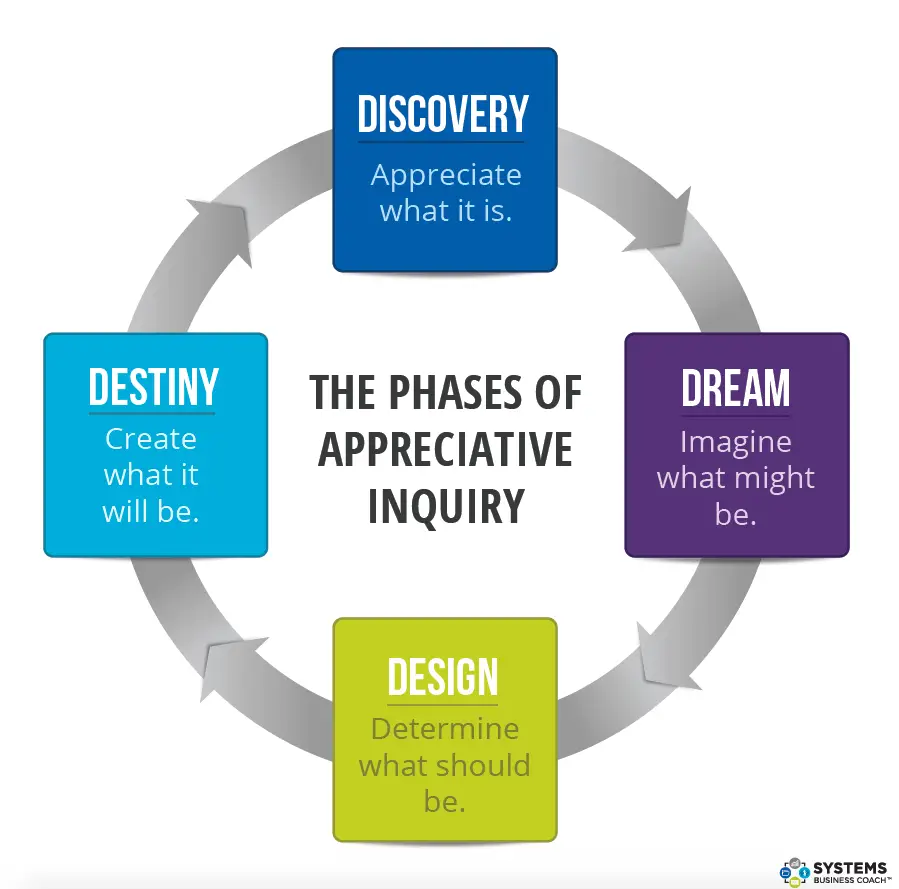As we navigate an era defined by rapid technological advancement and constant societal shifts, the call for human-centric development is louder than ever. The future of our communities—and our global economy—depends on how well we support people, especially those who are building, running, and working in small businesses.
While headlines are filled with stories about artificial intelligence, automation, and economic uncertainty, the most powerful lever we have to create a resilient, inclusive, and thriving future isn’t technology. It’s people.
Small Business: The Hidden Engine of Human-Centric Development
Small businesses are not small in impact. They make up 95% of all businesses globally and employ 70% of the world’s workforce. When we talk about human-centric futures, we must look to small business owners and their teams as the central figures in this vision.
Yet, many of these leaders are under-resourced, overwhelmed, and underserved. They are expected to be everything at once—visionaries, financial managers, marketers, people leaders—often without access to the training, support, or work environments that encourage sustainable growth. The consequences of this reality are clear: high burnout rates, stagnant local economies, and missed opportunities for innovation.
So how do we move forward?
Coaching Cultures as Capacity Builders

Creating a more human-centric future starts by changing how we support and grow small business capacity. One of the most impactful shifts we can make is moving from a “command and control” leadership model to one based on coaching.
A coach approach to leadership emphasizes listening, curiosity, and asking better questions—rather than giving all the answers. This mindset shift empowers individuals to think critically, take ownership, and engage more meaningfully in their work. It’s not about fixing people—it’s about seeing them as capable, resourceful, and whole.
By fostering a coaching culture within small business environments, we create workplaces where people feel seen, heard, and valued. Psychological safety improves, innovation increases, and performance rises—not through pressure, but through partnership.
Appreciative Inquiry: Building on What Works

A cornerstone of this approach is Appreciative Inquiry, a methodology that focuses on identifying what’s working well and building from that foundation. Instead of starting with problems to fix, we begin with strengths to grow. This kind of thinking nurtures optimism and agency—two key ingredients in human capacity building.
When business owners and their teams focus on what they do best and what gives them energy, they become more resilient, more adaptable, and more committed to growth. And in a world where change is constant, that adaptability is the new competitive advantage.
Beyond Profit: Creating Better Workplaces

A human-centric future demands that we stop measuring success by profit alone. We need to prioritize better work environments—ones that support well-being, learning, and community connection. This means:
- Training leaders to coach rather than command
- Embedding reflective practice and feedback into everyday work
- Investing in skills development that includes both technical and relational skills
- Valuing inclusion and equitable access to opportunity at every level
These aren’t “soft skills.” They are essential systems that support capacity building at scale.
The Road Ahead: Empowering the Majority
If we’re serious about fostering inclusive growth and preparing for the future, we must invest in the people who make up the majority of our workforce. That means rethinking how we train, support, and sustain small business success—not just at the startup phase, but through every stage of growth.
A human-centric future will not be built from the top down. It will be built one conversation, one decision, one small business at a time. And it starts by asking better questions, listening more deeply, and creating workplace cultures that bring out the best in people.
We have the tools. We have the knowledge. What we need now is the will to redesign how we build capacity—not just for the next quarter, but for the next generation.









